As first-quarter results rolled in, so did fresh calls for a hike in prices. Yet a hard market continues to evade the industry, as even the recent UK floods and freezes failed to turn things around. Is the seven-year cycle of one-size-fits-all raising and lowering a thing of the past?
At this year’s Biba conference, chatter among insurer chief executives was of the ongoing need to push up prices. The latest round of quarterly results from UK insurers has been accompanied by those all-too familiar calls for price increases across all lines of business.
But despite underwriters’ and chief executives’ loudly shouted determination to push up rates in the rest of 2010, the already overdue hard market is still some way off.
The global insurance industry is subject to a boom-and-bust cycle, where a short period of rate hikes and profitable underwriting gives way to increased competition and price-cutting. Prices normally harden again in response to a large loss event, such as a natural catastrophe, or when insurers’ – and their shareholders’ – tolerance for underwriting losses is exhausted.
In the UK insurance industry, this cycle normally runs its course roughly every seven years, but prices have not increased sharply across all lines of business since the September 11 2001 terrorist attacks. So does the seven-year cycle still exist – or has the market entered a new phase?
Aviva chief underwriting officer Axel Schmidt reports that while motor rates are increasing, prices in most other lines are more or less flat. “Having spoken to many people in the market and analysed the situation internally, we don’t expect rates to harden substantially this year and maybe not even in 2011,” he says.
Technical and commercial underwriting director at AXA Insurance Roy Watkinson says that month-on-month renewal rates in private car, vans and even fleet and commercial property and casualty are stronger than they were last year, but he adds: “It’s not enough yet to really say it is hardening.”
Soft spot
Adding credence to the theory that the cycle’s influence is waning is the fact that the current prolonged soft period is proving particularly resilient to losses. Loss events that would have typically prompted rate increases, such as the 2007 UK-wide summer floods, the 2009 floods in Cumbria or the 2009/10 winter freeze, have failed to turn the market.
Even the global financial crisis in 2008 and the resulting poor economic conditions have failed to make a big impact – though the crisis has resulted in heavier claims from lines such as financial institutions cover and credit insurance, and also claims inflation as a result of greater propensity to file claims for smaller incidents or even fraud.
In addition, the low interest rates imposed in a bid to combat the effects of the financial downturn have diminished insurers’ ability to prop up lacklustre underwriting results with investment returns from their typically bond-heavy portfolios. The UK interest rate has languished at 0.5% since March last year, its lowest level since the Bank of England was founded in 1694.
With reservation
A big reason for the soft market’s stubbornness is the industry’s generally good levels of capitalisation. Insurers were able to replenish and maintain their capital bases in the good years that followed the September 11 attacks.
Watkinson said the 2007 floods didn’t turn the market, despite costing the industry £3bn, because they hit so early in the cycle – essentially at a time when insurers had enough capital to absorb such a loss without difficulty. He argues that the industry is subject to a nine-year rather than a seven-year cycle.
“Insurers are still able to release reserves from prior years that have run off more favourably than expected, which enables the cycle to continue for longer,” he says. “The reserves that are built up in the good years take that period to work back out of the system again.”
Some firms are clearly still sitting on excess reserves. Lloyd’s insurer Beazley announced in its first-quarter interim management statement that, despite the $6m (£4.2m) loss it expects from the Deepwater Horizon oil rig disaster, the outlook for the development of the 2009 underwriting year of the energy account and for 2010 reserve releases from the overall marine account remains strong.
Although the financial crisis has boosted claims in financial institutions business, the effect on rates has been short lived because of the opportunity the increases presented to write profitable business. “New capacity came into the market because it was one of the only areas where people saw rates rising and so they had to get a piece of that,” Chartis Insurance UK executive director Kelly Lyles says.
And while low interest rates stunt insurers’ ability to make large investment returns, some feel the effects have been muted to date. “Technically, the financial crisis should bring on a harder market more quickly because companies may not be able to take advantage of investment income, but we just haven’t seen it yet,” Lyles says.
In addition, the financial crisis has made it tougher for insurers to push through rate increases. Clients feeling the pain from the downturn are very reluctant to pay more, particularly if they have had no claims. “The financial crisis has made the situation worse,” Schmidt says. “SME customers were pretty heavily affected by the recession, and therefore have less money to spend on insurance.”
Financial conditions are not the only constraint on insurers’ ability to impose rate increases. The increasing trend towards broker consolidation is also playing a role. “Much more buying power is now concentrated within fewer brokers,” Allianz director of commercial broker markets Simon McGinn says. “The consequences of driving your rate up without due consideration to the dialogue with your distributor are much greater because they have other options. It would be wrong to blame the broker base for the market not hardening, but it is a factor.”
Squaring the circle
While the cycle may not have gone away, it may have changed shape. Some believe the days when prices harden across the board may be over, and that hardening in individual lines may be more the norm.
“In the past, it was very often a one-size-fits-all approach to shrink or to grow,” Schmidt says. “There will probably be more people who do it more statistically, based on the stage of certain portfolios in the cycle because they are not all at the same stage.”
Nevertheless, while it may take longer than many insurers would like, there are signs that the hard market is on the way. Conventional insurance industry wisdom suggests hardening typically starts in motor, and carriers are almost unanimous that this is being achieved, albeit from a low base.
There are also signs that the low interest rate environment is starting to take its toll on investment returns. Allianz’s Q1 2010 IFRS operating profit slipped 10.7% to £36.7m because of lower investment returns, which the firm attributed to low interest rates.
Other economic factors could also help push prices up. The Office for National Statistics reported on 18 May that inflation on the Consumer Prices Index had risen to 3.7% from 3.4% in March – its highest level since November 2008 and well above the 2% target.
“We knew inflation was going to have to increase longer term, but if that accelerates faster than we thought, it may have an impact on claims costs and that could bring on a harder market,” Lyles says.
Because of brokers’ and clients inability to stomach large price increases, many favour a gradual approach: easing up prices by a few percentage points a year rather than large double-digit boosts. So fingers crossed: it’s been a long time coming, and in the absence of a major loss event it’s unlikely to look dramatic, but the hard market could be just around the corner. IT





























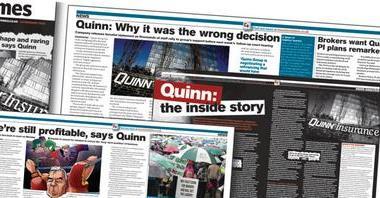
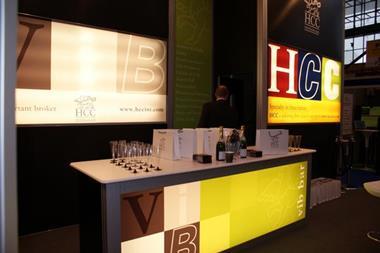
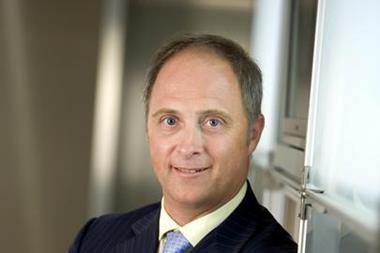
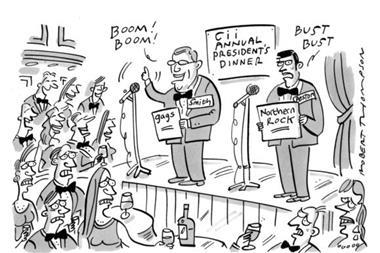
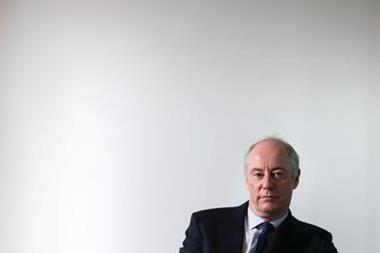




No comments yet